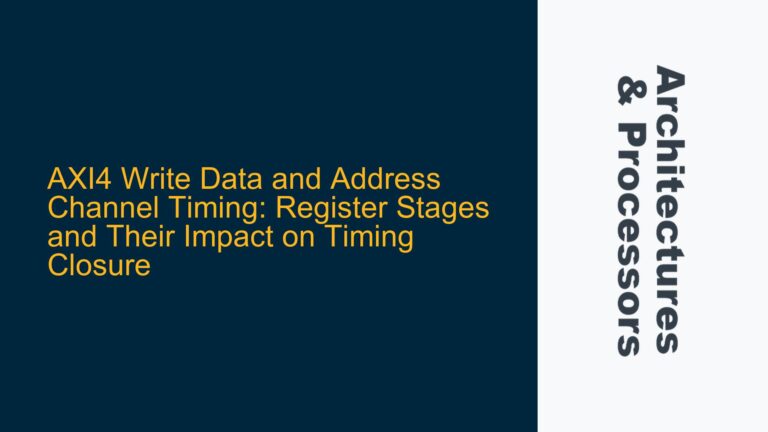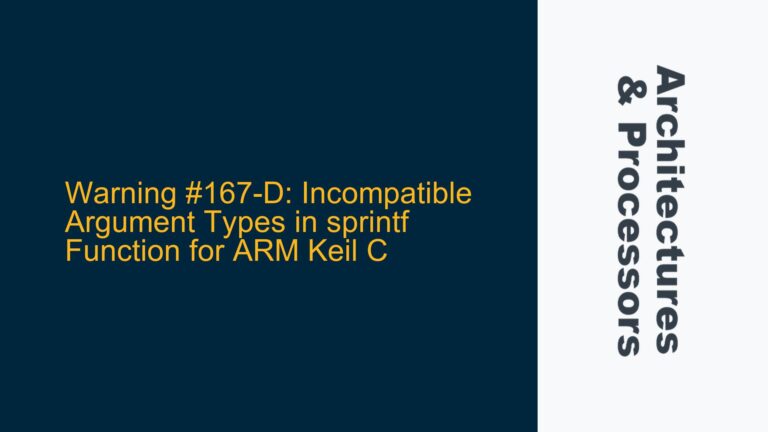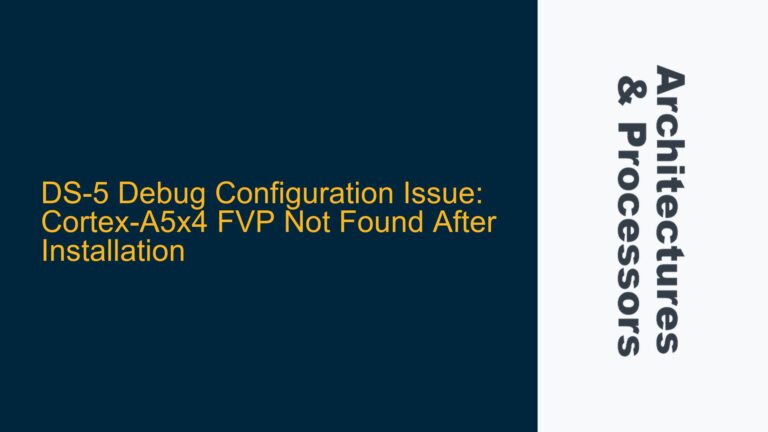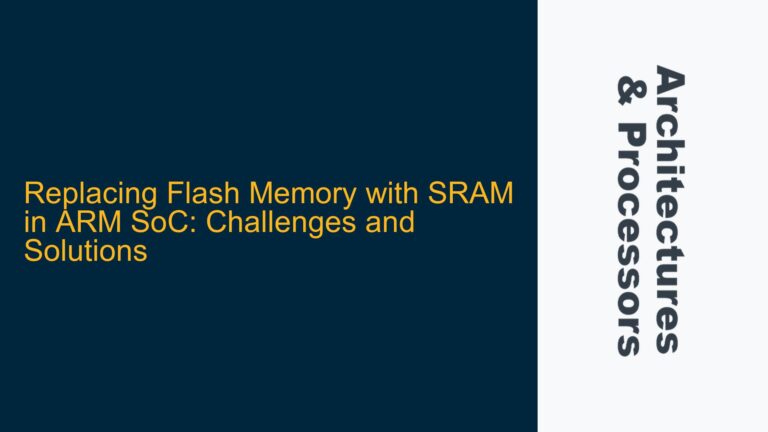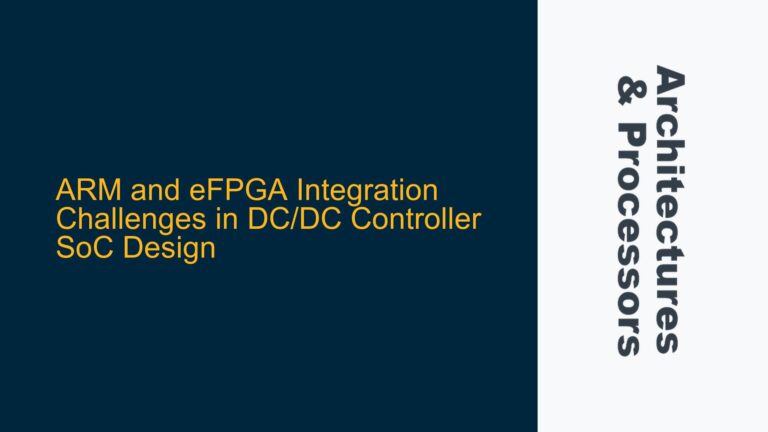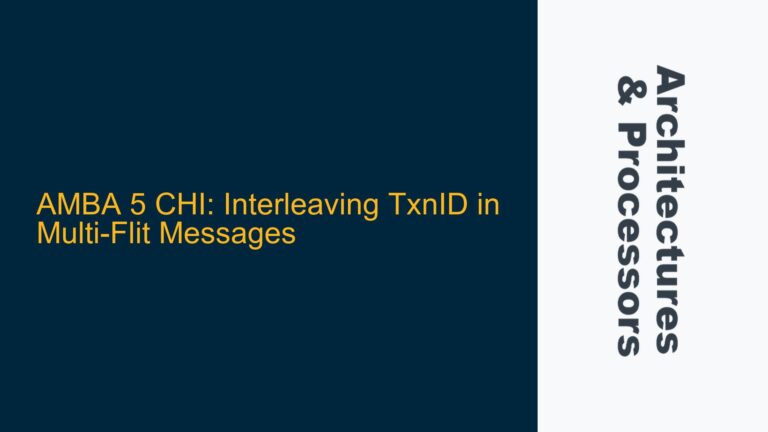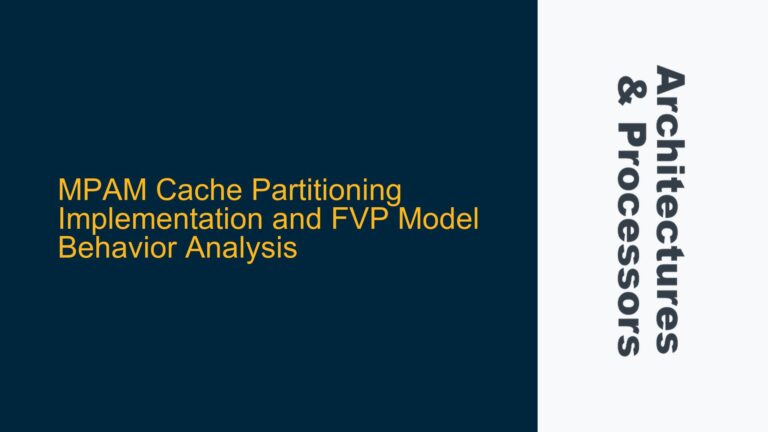AXI4 Write Data and Address Channel Timing: Register Stages and Their Impact on Timing Closure
AXI4 Write Data Arriving Before Write Address Due to Register Stage Imbalance In the AXI4 protocol, the relationship between the write address (AW) channel and the write data (W) channel is critical for ensuring correct data transfer and system functionality. A unique characteristic of the AXI4 protocol is that the write data can arrive at…
